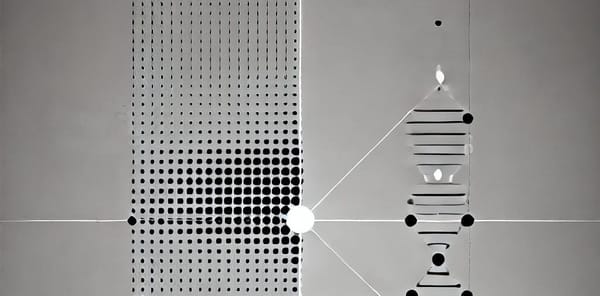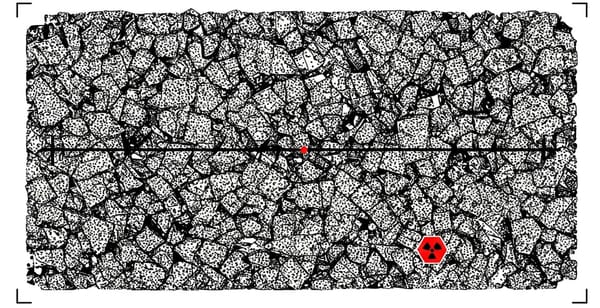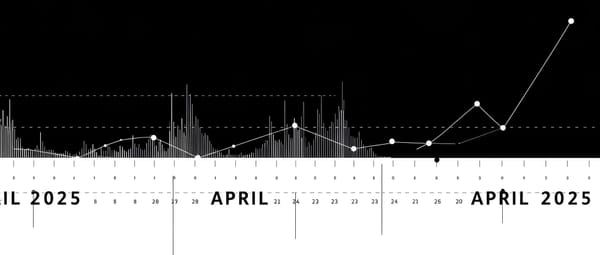Assessing the Performance of Airborne Radiation Detectors on Drones
A recent study evaluated three types of gamma-radiation detectors mounted on drones to identify and locate Cesium-137 sources. The findings suggest that drone-mounted detectors can effectively and safely assess radiation levels during emergencies.
In today’s world, ensuring safety during nuclear or radiological emergencies is crucial. One innovative approach involves using drones equipped with radiation detectors to remotely measure radiation levels, keeping first responders out of harm’s way. A recent study examined how three different gamma-radiation detectors performed when mounted on drones to detect a specific radioactive source, Cesium-137 (¹³⁷Cs).
The Experiment Setup
The experiment took place in Mollerussa, Spain, using a ¹³⁷Cs point source with a certified activity of 345 megabecquerels (MBq). Flights were conducted in clear weather with low to medium wind speeds. The drones flew at various altitudes—10 meters, 20 meters, 40 meters, and 60 meters—and at different speeds to assess detection capabilities under diverse conditions.
Meet the Detectors
Three types of gamma-radiation detectors were tested, each mounted on a DJI Matrice 600 Pro drone:
1. NaI Detector: This detector, from Bridgeport Instruments, was adapted for drone use. It featured a USB-based MultiChannel Analyzer (MCA) and was covered with isothermal material to minimize temperature variations. ‘Silent-blocks’ were used to reduce vibrations during flight.
2. CeBr3 Detector: Developed by PTB, this stand-alone system included a CeBr3 scintillator with a photomultiplier tube (PMT), a compact 120 MHz BPI base, and a PT1000 platinum temperature sensor.
3. CZT Detector: Created by BfS, this system was based on a quasi-hemispherical CZT μSPEC detector with an in-built miniature multi-channel analyzer. A Raspberry Pi 2 Model B served as the data logger and control unit.
Analyzing the Data
The study employed various methods to analyze the data collected by the detectors:
• Decision Thresholds: Calculated for the low energy count rate, man-made count rate, and H*(10) rate to determine the presence of artificial sources.
• Man-Made Count Rate Algorithm: Used to improve the detection of artificial sources by suppressing the influence of variations in the concentration of natural radionuclides.
• H(10) Rates:* Calculated using the conversion coefficients method, applying conversion coefficients to the aggregate count rates detected in each energy band.
Key Findings
• Detection of Artificial Radionuclides: The NaI and CeBr3 detectors showed an increase in count rates at 10 m, 20 m, and 40 m when hovering over the ¹³⁷Cs point source, indicating successful detection.
• Man-Made Count Rate: Both NaI and CeBr3 detectors could easily detect man-made radionuclides at 10 m and 20 m with 2-second measurements.
• Ambient Dose Equivalent Rates: The net H*(10) rates during hovering flights over the ¹³⁷Cs point source showed that both scintillators could detect the ¹³⁷Cs source for altitudes up to 40 m for a spectrum acquisition time of 2 seconds.
• Source Localization: Heat maps generated from parallel line flights demonstrated each detector’s ability to detect the source position.
Conclusion
The study concluded that using drones equipped with gamma-radiation detectors is an effective method for detecting and locating radioactive sources. While all three detectors performed well, the NaI and CeBr3 detectors showed particular promise in terms of detection capabilities and accuracy. This approach offers a safer and more efficient way to assess radiation levels during emergencies, keeping responders at a safe distance while providing critical information.



